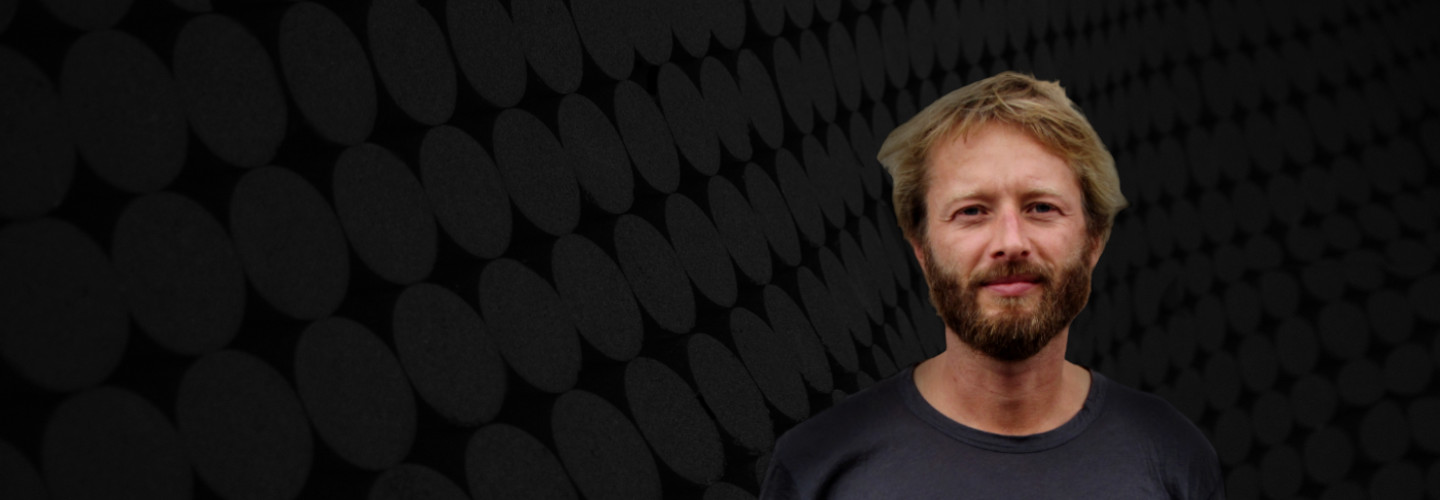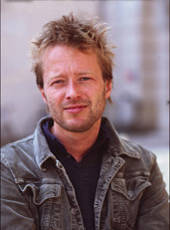

Johannes Maria Staud
One Movement and Five Miniatures
Short instrumentation: 1 1 1 1 - 1 1 1 0 - perc, vln, vla, vc, cb
Duration: 16'
Dedication: für Jackie and Stephen Newbould und meine Freunde vom Klangforum Herzlichen Dank an Michael Acker, ohne dessen Hilfe dieses Stück in dieser Form nicht erscheinen würde.
Solos:
harpsichord
live electronics
Instrumentation details:
Ensemble 1: violin
viola
oboe (+c.a)
bassoon (+cbsn)
Ensemble 2: horn in F
trumpet in C
trombone
percussion
Ensemble 3: flute (+picc)
clarinet in Bb (+bass cl(Bb))
violoncello
contrabass
Staud - One Movement and Five Miniatures for harpsichord, live-electronics and ensemble
Printed/Digital
Translation, reprints and more

Johannes Maria Staud
Staud: One Movement and Five MiniaturesOrchestration: für Cembalo, Live-Elektronik und Ensemble
Type: Studienpartitur (Sonderanfertigung)

Johannes Maria Staud
Staud: One Movement and Five MiniaturesOrchestration: für Cembalo, Live-Elektronik und Ensemble
Type: Dirigierpartitur

Johannes Maria Staud
Staud: One Movement and Five MiniaturesOrchestration: für Cembalo, Live-Elektronik und Ensemble
Type: Noten
Print-On-Demand
Sample pages
Audio preview
Work introduction
This work took as its point of departure the challenge of using the ‘early music’ instrument, the harpsichord, alongside the ‘new music’ instrument, the computer. In the course of composition it became clear that this was not a question of a reciprocal demarcation of boundaries between these two spheres, but rather of their symbiotic blending into a new, completely self-sufficient sound world. The ensemble of twelve players, arranged in three groups in a semi-circle around the amplified harpsichord, and framed by four loud-speakers, has an essential role to play in this and can, according to the musical situation, function as background foil, stimulus, or partner in the dialogue.
The specific qualities and characteristics of the harpsichord –‘two skeletons copulating on a tin roof’ – determine the interactions between instruments and electronics throughout, as in their turn the possibilities of live electronics and the spatially distributed ensemble influence the way in which the harpsichord is treated. The electronic sounds are derived from, and activated by the live harpsichord performance alone, and do not make any use at all of pre-recorded material.
The six major sections, whose boundaries always remain recognizable through ‘incisions’ in the aural landscapes, follow one another attacca. Despite the variety of musical situations, every effort was made to create lines of development cutting through the different parts in order to achieve an overall dramaturgical shape.
Johannes Maria Staud
